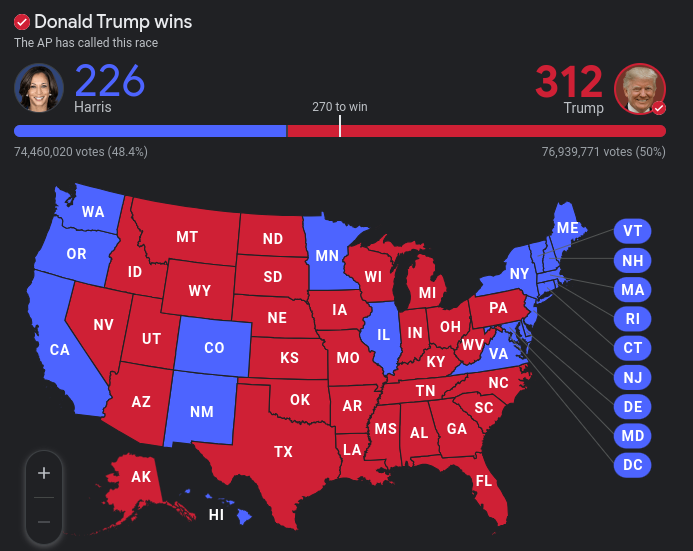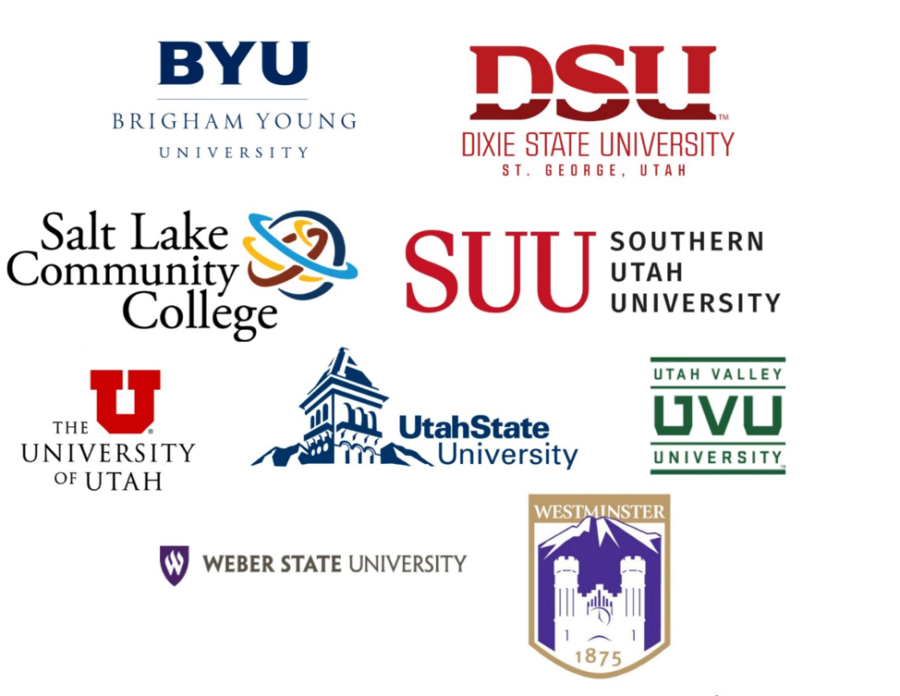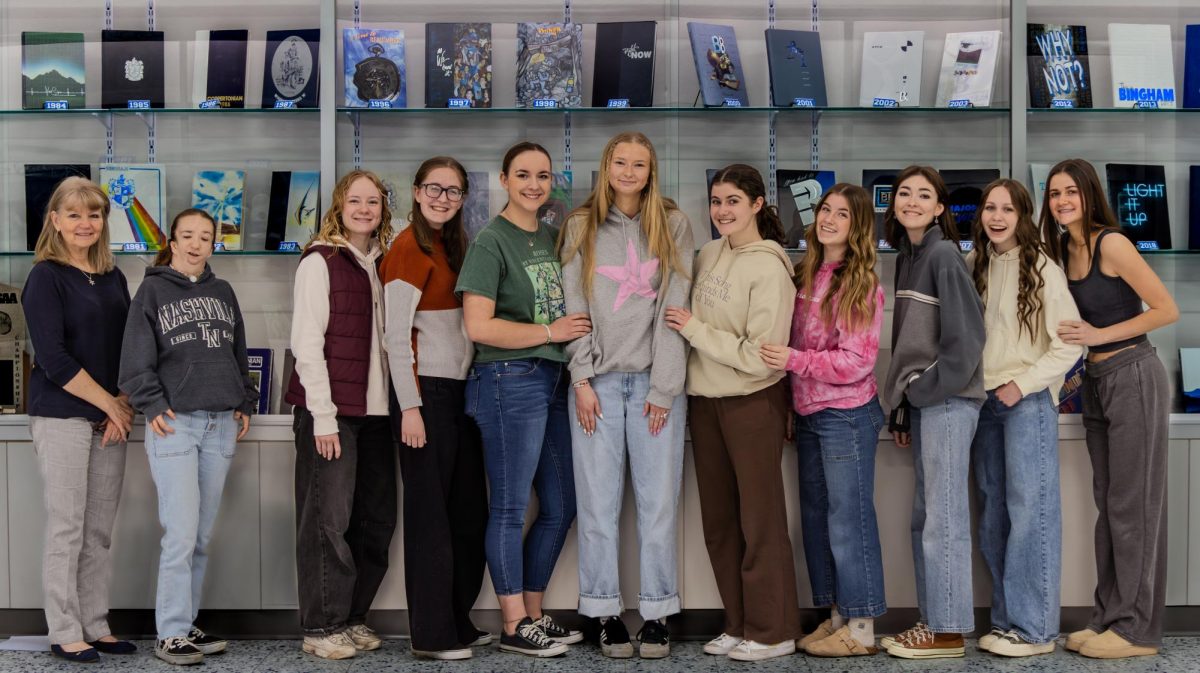You probably don’t smoke a pack of cigarettes per day, but inhaling Utah’s contaminated air could have the same effect. In fact, a recent statistic released by the Environmental Protection Agency indicated that the Utah cities of Logan and Provo have the first- and second-worst air quality in the nation respectively. Cities all across the Wasatch Front, including Salt Lake City, were issued “red” air warnings in January by the Utah Division of Air Quality.
Although Utah’s air quality isn’t nearly as bad as infamously polluted cities across the world like Beijing, China and São Paolo, Brazil, the EPA’s AirNow website designated cities across the state as having air which was “unhealthy for sensitive groups.” According to AirNow, this level of air quality means that “…persons with heart and lung disease, older adults and children are at greater risk from the presence of particles in the air.”
The primary cause for Utah’s terrible air quality is the temperature inversion phenomenon. Occurring in the winter, temperature inversions can trap harmful particulates and pollutants close to the ground, contaminating the air.
“One of the things that causes the inversions is that we have mountains on either side of us,” said Tom Herret, Bingham’s meteorology teacher. “The cold air gets stopped and rolls over the mountains and down into the valley, so it gets colder at the bottom.”
The cold air is then trapped by a warm high-pressure system which hangs above it, essentially sealing the valley like a jar. Normally, all the pollution, dust, and chemicals in the air would be taken away by normal weather conditions, but temperature inversions keep the unhealthy elements close to the ground.
Thankfully, inversions are temporary, even in the winter. “To get rid of [inversions], we have to have a storm come in and out of the valley from the north or the south, and then we can get back to a normal convection,” said Mr. Herret.
In an interview with the New York Times, Dr. Brian Moench, leader of Utah Physicians for a Healthy Environment, stated, “If the 40,000 women in Utah who are pregnant suddenly started smoking, that would constitute a genuine health emergency…but our levels of air pollution are causing the exact same consequences as if all these women were smoking.” The air quality in Utah poses a genuine threat to children, the elderly, and those with asthma.
Even students at Bingham are affected by Utah’s terrible air.
“Right before there’s a storm I can’t breathe at all,” said senior Finehika Tuione. “You can feel a storm come in because it gets worse. After a storm, I can finally breathe. It’s the best feeling ever.”
According to the Choose Clean Air section of Utah.gov, pollutants in the air “have been linked to decreases in lung function and heart attacks.” In addition, a study by Ohio State University researchers found that air pollution has the potential to disrupt the immune system.
Although Utah’s state government has attempted to take measures to improve the air quality and cut back on pollution, there is not an easy fix for the bad air. Several organizations, such as Utah Physicians for a Healthy Environment, have plans to introduce policies which would improve Utah’s air. Some of these include, according to the UPHE website, “a reduction of the speed limit to 55mph when air pollution exceeds EPA limits” and “a 20% emissions reduction strategy by the Air Quality Board.”
It doesn’t take big organizations or lawmaking to clean up Utah’s air though. Bingham students can also do their part to improve the air quality by utilizing Utah’s fairly extensive public transportation system. Many students at Bingham use UTA’s Trax as transportation for going downtown to events such as football games and concerts. It’s an inexpensive, fast alternative to driving in a car, especially when you factor in gas money and traffic. In addition, students at Bingham can carpool, ride a bike or skateboard to school, or seek other modes of transportation which don’t release pollutants.


![Photo Credit; Miller, Kim. “City of Asheville prepares for a weekend of winter weather.” City of Asheville prepares for a weekend of winter weather [Ashville], 10 February 2023, https://www.ashevillenc.gov/news/city-of-asheville-prepares-for-a-weekend-of-winter-weather/. Accessed 06 January 2025.](https://binghamprospector.org/wp-content/uploads/2025/01/Screenshot-2025-01-14-7.54.38-AM.png)


